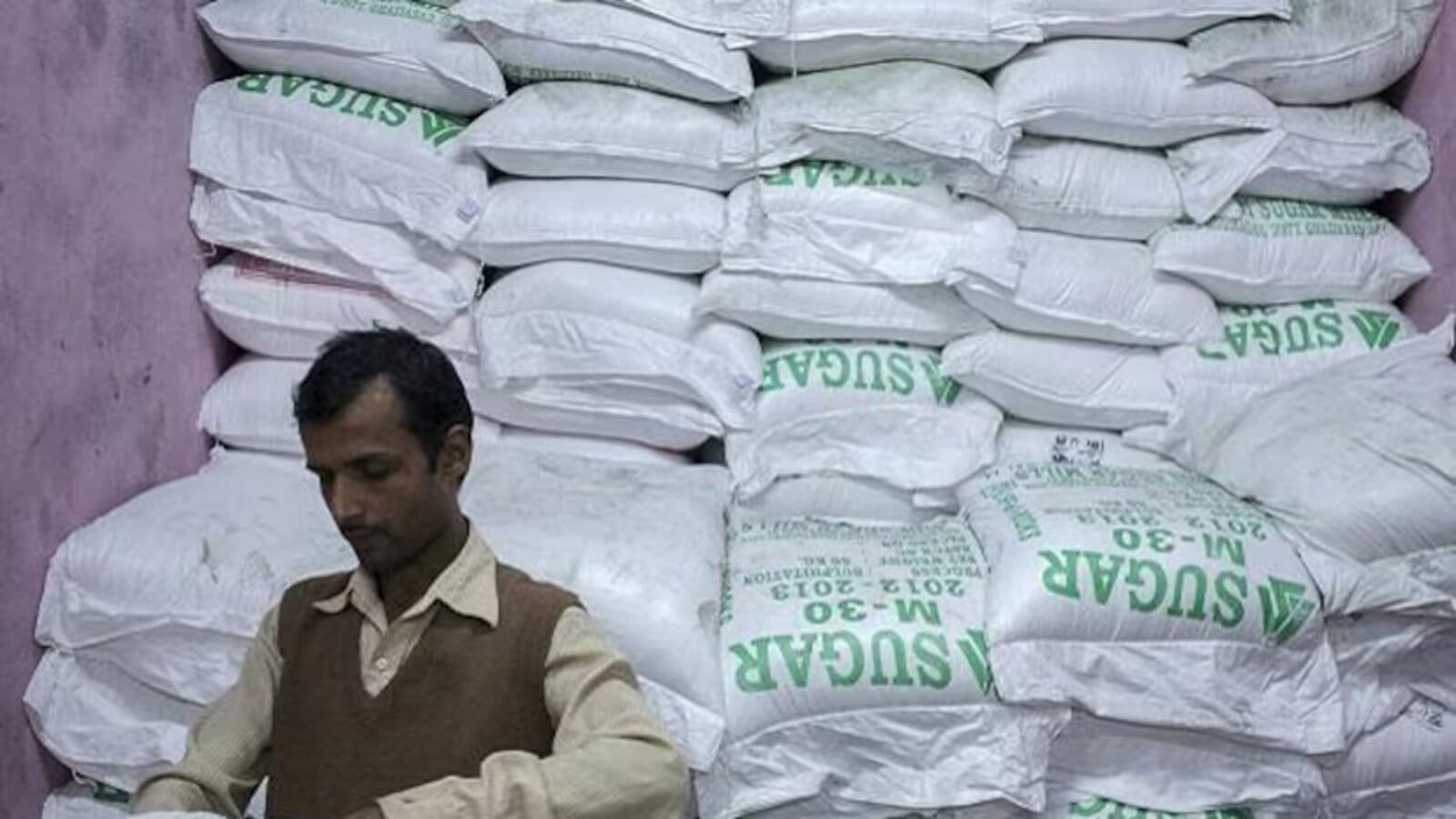ETHIOPIA – Bunge SA and Hakan Agro DMCC have placed offers to supply the government of Ethiopia wheat worth US$49.50 million amidst shortages of the commodity in the market.
The Herald reports the two were the only among 12 companies who bought bid documents after expressing interest in supplying the commodity meant for both government’s bread subsidy program and strategic grain reserve replenishment.
The initial tender which was announced by the Public Procurement & Property Disposal Service in late August was divided into two categories of 80,000tn and 75,000tn.
The Dubai based agri group, Hakan submitted the lowest price offer of US$25.7 million for the 80,000tn of wheat, while the runner-up, Bunge, came up with a US$27.5 million bid.
For the second category, 13 companies purchased the bid documents, but only three made financial offers, including Promising International, a company established in 2007.
Promising International made the lowest offer of US$23.8 million and, Hakan offered the lowest bid of US$24.3 million for the other bid.
The wheat will be distributed to beneficiaries under the fourth phase of the Productive Safety Net Program launched in 2005 to overcome shortages, create assets and enhance food sufficiency especially to the poor rurals facing chronic food insecurity.
Running to 2020, the programme seeks to spend US$3 billion every year, out of which the Government of Ethiopia funds 14%, and the rest is covered by World Food Programme and eight other donors.
According to Solomon Betre, director of Procurement Services and chairperson of the tender committee, the winning companies will have 30-days to deliver the commodity after the issuance of letters of credit.
Ethiopia is the largest wheat producer in Sub-Saharan Africa but this is not enough to meet demand.
Wheat production grew 5% to 4 million tonnes in 2017 but due to increasing demand, imports grew to 2.5 million tonnes in the past year from 661,386tn in 2015.
The market has been hit by shortage of wheat leading to 55% increase in price, even as food inflation reached 16% in August this year.











